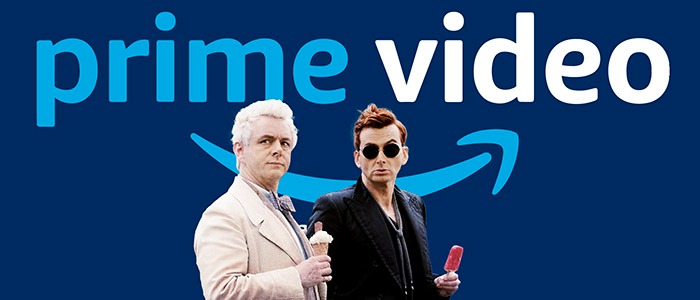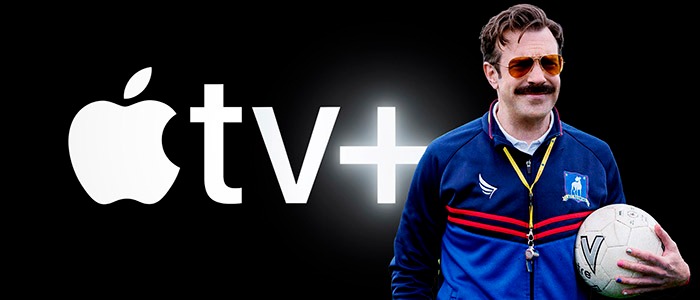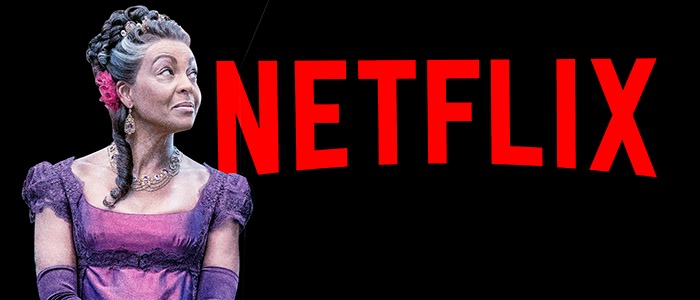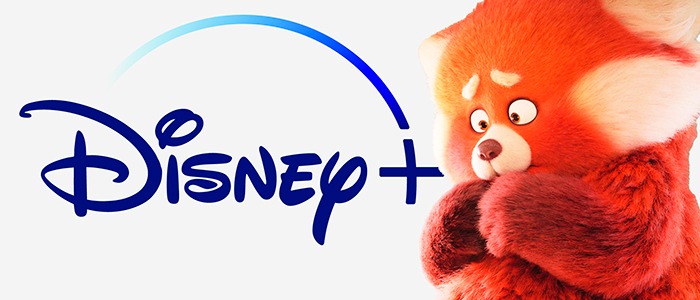It is a basic formula in the television business: make a hit show, renew it and lock in ever bigger audiences. But Netflix, which has spent more than 20 years upending the rules of the entertainment business, may have found a way to defy even this convention.
This spring the streaming service will roll out the latest, highly awaited instalments of two of its most popular series, Ozark and Stranger Things. Yet instead of a boost to its subscriber base, Netflix said this week it expected to lose about 2mn paying customers in the coming months, thanks to a combination of intensifying competition, a maturing US market and its decision to increase prices at a moment when consumers are coping with rising inflation.
Battle of the streamers: Amazon vs Apple

Amazon Prime Video
Cost: $14.99 per month
Subscribers: 175mn (estimated as April 2022)
Hits include: The Marvellous Mrs Maisel, Reacher, Good Omens

Apple TV+
Cost: $4.99 per month
Monthly users: 20mn (estimated as July 2021)
Hits: Oscar winner Coda, Ted Lasso, The Morning Show, Severance
After years of bending Hollywood to its will, Netflix finally fell to earth this week as it revealed that its blistering, decade-long streak of subscription growth had come to an end. Its share price fell almost 40 per cent, leaving its market cap at about $97bn — down from $300bn in November.
The news served as a gut-check for the streaming industry that has grown in Netflix’s wake. The company’s extraordinary success inspired many of America’s largest media conglomerates to launch or buy their own streaming platforms, including Disney’s Hulu and Disney Plus; Warner Bros Discovery’s HBO Max; NBCUniversal’s Peacock and Paramount’s Paramount Plus. Tech groups Amazon and Apple also launched their own streaming services and content studios in a bid to emulate Netflix’s groundbreaking model.

That model transformed the television and movie industries and launched a fiercely competitive war for subscribers. But the streaming industry’s growth rested on the assumption that there is a global market of up to 1bn households willing to pay for services. Now, some analysts say the actual market may be far smaller — and that it is time for a rethink of the streaming business that Netflix pioneered.
Netflix’s subscriber warning was “almost like an acknowledgment . . . that this isn’t that great of a business,” said Michael Nathanson, an analyst at MoffettNathanson and a longtime sceptic of the Netflix model. “It makes you really wonder if the media companies should roll back some of their ambition to be like Netflix.”
The content arms race
The grim Netflix results appeared to signal the end of a lavish, experimental era of streaming characterised by fast growth, unrestrained spending and a healthy dose of hubris.
Battle of the streamers: Netflix vs Disney

Netflix
Cost: $9.99
Subscribers: 221mn (as March 2022)
Hits include: Bridgerton, Stranger Things, Anatomy of a Scandal

Disney+
Cost: $7.99
Subscribers: 130mn (as Jan 2022)
Hits include: Marvel and Star Wars movies and TV shows, Disney and Pixar catalogue, Fox TV shows
When Netflix launched its streaming service in the US in 2007, it was positioned as a new format that would free viewers from the stale conventions of mainstream television and the steep costs and rigid schedules of premium cable.
Initially Netflix offered subscribers access to pre-existing movies and TV shows licensed from other creators. But in 2012, the same year it launched in the UK, it began developing its own content, scoring an early hit with the Washington political drama House of Cards. Netflix upended the traditional model of television by releasing all its episodes at once, rather than week by week, so viewers could “binge-watch” entire series in one sitting.
The platform proved wildly successful. In the 10 years since, it has reached almost 222mn subscribers in 190 countries, up more than 750 per cent, and it became profitable for the first time late last year.
Netflix’s rise was aided by a long period of easy monetary policy and a historic bull market run, allowing the company to spend heavily so long as investors believed in the strategy. In an environment of low interest rates, investors searching for yield happily purchased Netflix bonds, funding the company’s spending spree on content.
From 2018 through 2021, Netflix poured $55bn into television shows and movies as it raced to compete with major networks and Hollywood studios. Netflix’s push triggered an industry-wide land grab in which every company had to spend big to win. In 2019, Amazon splashed out $1bn on a single TV show — an adaptation of The Lord of the Rings said to be the most expensive show in history.
“One of the reasons [everyone] invested so heavily [from 2017- 2019] was the theory that for the next two or three years, it was all about acquiring subscribers,” said the former head of a big streaming service. “That window of time was when people were going to make the switch. You had to get them. Netflix knew it.”
But the content arms race has only spiralled, as new, deep-pocketed players entered the market and people stuck at home during the pandemic boosted viewership numbers. US media groups are together expected to spend upwards of $100bn on content this year. Netflix alone accounts for $17bn of that.
These sums are “historic [and] precedent-setting”, says Tom Nunan, professor at UCLA’s School of Theater, Film and Television, and executive producer of the Oscar-winning film Crash. “These are the types of numbers more associated with the Department of Defence. From single companies like these it’s almost unimaginable — but the numbers are certainly unsustainable.”
Investors change channels
Until recently, Wall Street was cheering the lavish spending on streaming. After Disney unveiled a slate of Disney Plus programming based on Marvel and Star Wars properties in December 2020, for example, its stock briefly hit a record high.
But the sentiment has now changed. A canary in the coal mine moment for the streaming industry came in February this year, when Paramount executives announced big investments into their Paramount Plus streaming service and saw their share price plummet almost 20 per cent the following day.
Wall Street was unconvinced then that a shift to streaming would improve Paramount’s bottom line. But the Netflix announcement this month seemed to confirm something for investors: that no matter how great the programming, it is unlikely that the streaming industry will ever generate the kinds of profits that television and film groups made in the pre-streaming era.

“It’s absolutely a lesser economic model [than cable television],” said the former head of a big streaming service. “The pricing you have to get to in order to duplicate the [cable] market is astronomical.”
Netflix announced a number of measures this week to try to weather the slowdown in subscriber numbers. During Tuesday’s video call with investors, Spencer Neumann, Netflix chief financial officer, said the company would “pull back on some of our spending growth”, though company officials say it will continue to outspend its rivals in the industry on making new films and series.
The company will also lift its long-stated opposition to advertising on the Netflix platform, with Netflix co-founder Reed Hastings suggesting a cheaper, ad-supported service could be available in a year or two.
“I’ve been against the complexity of advertising and a big fan of the simplicity of subscription,” Hastings said on Tuesday. “But as much as I’m a fan of that, I’m a bigger fan of consumer choice.”

But the biggest improvement Netflix needed to make, Hastings indicated, was improving the quality of its programming — the side of the business overseen by co-chief executive Ted Sarandos.
Analysts agree. “Netflix should be creating significantly more must-see TV series and movies that become ongoing franchises,” Rich Greenfield, an analyst at LightShed, wrote in a research note this week. “Netflix’s content, especially its English-language content, is simply not resonating relative to the level of spend.”
This is where Netflix is facing the stiffest competition from its rival streaming services run by long-established content creators HBO, Disney, NBCUniversal and Paramount — not to mention wealthy Amazon and Apple, who are unlikely to need to rein in spending any time soon.
Sarandos, who has worked hard to weave Netflix into the fabric of Hollywood, sounded defensive this week about the need to improve its programming. He claimed that Netflix films such as Don’t Look Up, Red Notice and Adam Project are among “the most popular and most watched movies in the world” (though, as the company does not release viewing figures, investors will have to take his word for it).

He reminded investors that the company was still the new kid on the block in terms of content creation. “We’ve been doing this for a decade,” he said. “That’s about 90 years less time than all of our competitors have been at it.”
But Wall Street may have run out of patience. Already, some analysts are urging the company’s rivals to rethink their spending on streaming. Noting that Sony has been making money by selling its films and TV shows to streaming companies — the so-called “arms dealer” strategy — Greenfield suggested that some of the traditional studios consider giving up on streaming and become content suppliers instead.
“While it feels hard to fathom abandoning streaming ambitions with so much capital committed to original streaming programming over the next several years, we wonder if that is the hard decision management teams such as NBCUniversal and Paramount should make?” Greenfield wrote.